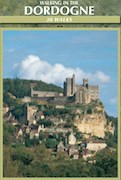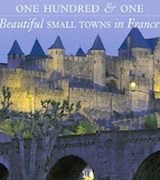Perigord: Charming Sarlat and a Drive to Tremolat
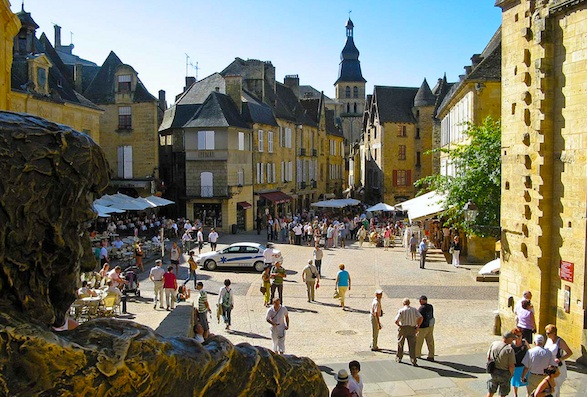
- SUBSCRIBE
- ALREADY SUBSCRIBED?
BECOME A BONJOUR PARIS MEMBER
Gain full access to our collection of over 5,000 articles and bring the City of Light into your life. Just 60 USD per year.
Find out why you should become a member here.
Sign in
Fill in your credentials below.
Sarlat square. Photo by ariel7515
Sarlat-la-Canéda, medieval, gothic and Renaissance village
The village of Sarlat-la-Canéda (Sarlat, for short) is considered one of the most charming villages in France, with impossibly picturesque narrow medieval streets, gothic and Renaissance hotels and 13th century Benedictine abbey. It isn’t difficult to imagine why so many films have been made here. Yet Sarlat has avoided the fate that has turned so many lovely Provençal villages into pretty façades for arcades of tourist claptrap. It has always been—and remains today—a bustling market town, the central crossroads of commerce for the rich bounty of the Périgord noir.
Dordogne River in the Perigord. Photo by wisdomeur.
The Périgord
Sarlat is located in the heart of the Périgord noir department in Southwest France. Why noir? Ostensibly, because it is the part of the Périgord dominated by a blackish green, persistent vegetation of yeuses (live oaks) and their accompanying truffles. There are also departments named Périgord blanc and Périgord vert, indicative of the hyper-regionalism of the French. Périgord noir is bisected by scenic valleys beside the Dordogne and Vézère rivers. The Périgord is one of the richest agricultural regions of France.

Sarlat market. Photo by gbeytout.
Sarlat market reflects the bounty of a fertile valley
Every Saturday morning year-round, the heart of Sarlat transforms into a vast, bustling marketplace. In summer you’ll find real farmers selling locally grown seasonal vegetables, foie gras and sausages, mushrooms, stone fruits and berries, goat and bovine cheeses, walnut cakes, herbs, spices, olives wines and spirits. Seek out the famed regional cheese, chèvre, le cabécou de Rocamadour, a small round, mold-ripened goat cheese from the nearby town of the same name. The porc (locally dubbed “the minister”) ranks on par with ducks and geese in culinary importance of the region. Delicious charcuterie (pork butchery) is commonly available at market stands, with rounds of tempting saucisson (sausage) offered freely for sampling. Look for a tantalizing, aged, semi-hard cow’s milk cheese with walnuts that is delicious shaved into thin slivers served with an apéritif. You’ll also find vendors who sell the necessary accoutrements for the dégustation (tasting) of all, including the traditional Périgourdin nutcracker, a handmade bowl with a turret in the middle for holding the walnut while you crack it with the accompanying mallet. If visiting in summer, make a point of arriving early to beat the crowds arriving later as you’re leaving.
Road trip to nearby Trémolat
Sarlat has many fine hotels, but you may enjoy a pleasant 30-minute drive to Trémolat in the Dordogne region. Trémolat is a small village with a tiny river running through it and a handful of stunning colombages (post-and-beam buildings) built of local sandstone and sheltered with the characteristic gracefully up-tilted roofs of the region. Trémolat’s main attractions are Le Vieux Logis, a château hotel with an exquisite restaurant (2 toques in Gault-Millau 2011) and a charming local restaurant, Bistrot d’en Face, owned by the same proprietor.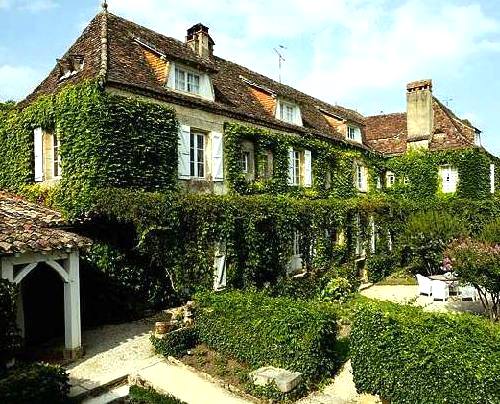
Le Vieux Logis has warmly decorated rooms, serene gardens and a sumptuous 5-course dinner served in the tobacco-drying shed-turned-dining room. But perhaps the best part of our stay was a long chat near the fireplace over amuse-bouches (appetizers) and apéritifs with the hotel’s owner, Bernard Giraudel-Déstord, a hôtelier with 400 years of aubergistes (hoteliers) in his family history. “This is not a château,” he insisted, “it is our house.” And indeed, the feeling at Le Vieux Logis is like staying at your grandmother’s place—if your grandmother lives in a quietly luxurious French château.
An autumn festival perfect for culinary travelers
Every region in France has its season, and the Périgord’s is autumn. The gentle landscape of this part of the country seems all the lovelier by the golden light of shortening days. And if you’re passionate about culinary travel or garden tours, time your visit for the annual autumn harvest that happens in early October, the Marché du Goût du Terroir et du Savoir Faire en Périgord. The Périgord’s culinary treasures—walnuts, foie gras, and black truffles—all arrive at market in the fall. Serendipitously, its most beautiful garden, les jardins de Marqueyssac, with evergreens, boxwood, live oak and cypress, is best viewed in the soft light of autumn. Even the cyclamens bloom only in the fall.
In late fall and winter, farmers bring live geese and ducks to the Place du Marché-aux-Oies (Goose Marketplace), where the stature of geese in local life is commemorated with a contemporary statue of geese. It seems these days, however, goose foie gras is less popular in this region than that of duck foie gras, raised and force-fed in the same painstaking tradition. In fact, it’s hard to find a Sarlat restaurant menu that lacks the local delicacy. Perhaps it’s locally understood that for a local restaurant not to feature foie gras in the Périgord noir amounts to something like treason. And remember: in France, unwritten laws are the most important to obey.
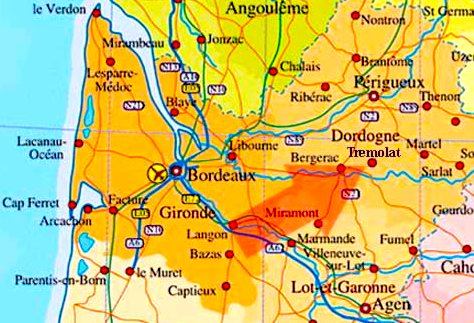 Practical Information
Practical Information
Links have been placed throughout the story to help you plan your travel.
Link to list of films shot in Sarlat
Trémolat-Perigord Office of Tourism
Tremolat, DORDOGNE 24510
Tél 05 5322 8006
24220 Vézac
Tél 05 5331 3636
Open all year, April through June & September: 10 am – 7 pm; July & August: 9 am – 8 pm; March & from October to November 11: 10 am – 6 pm; from November 11 through February: 2 pm – 5 pm.
Photo credits in photo captions above
Subscribe for FREE weekly newsletters with subscriber-only content.
BonjourParis has been a leading France travel and French lifestyle site since 1995.
Readers’ Favorites: Top 100 Books, imports & more at our Amazon store
We daily update our selections, including the newest available with an Amazon.com pre-release discount of 30% or more. Find them by starting here at the back of the Travel section, then work backwards page by page in sections that interest you.
These travel book cover the Dordogne well…but “Walking in the Dordogne” hits villages, markets, walks and more.
Click on this banner to link to Amazon.com & your purchases support our site….merci!
More in Cafe, cultural differences, France, France gay marriage, French civil unions, French etiquette, French sex, French tourism, gay sex in France, Hotels, marriage in France, Monument, Museum, Neighborhood, Nightlife, Paris, Paris restaurants, Paris sightseeing, Paris tourism, Paris tourist tips, same sex marriage, sex in France, Shopping, sightseeing


